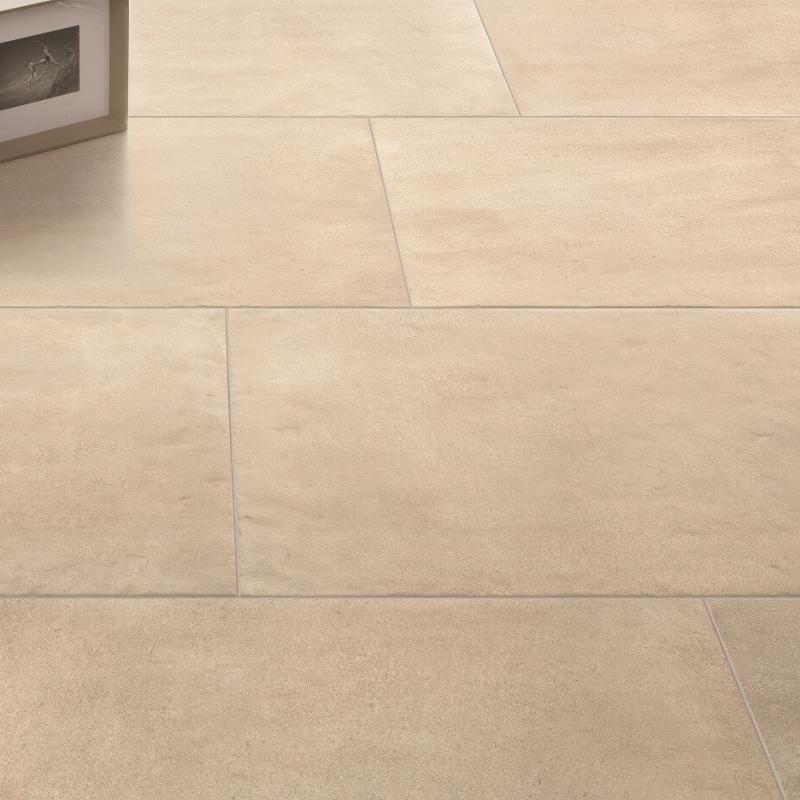 What Is the 1/3 Rule for Tile?
What Is the 1/3 Rule for Tile?
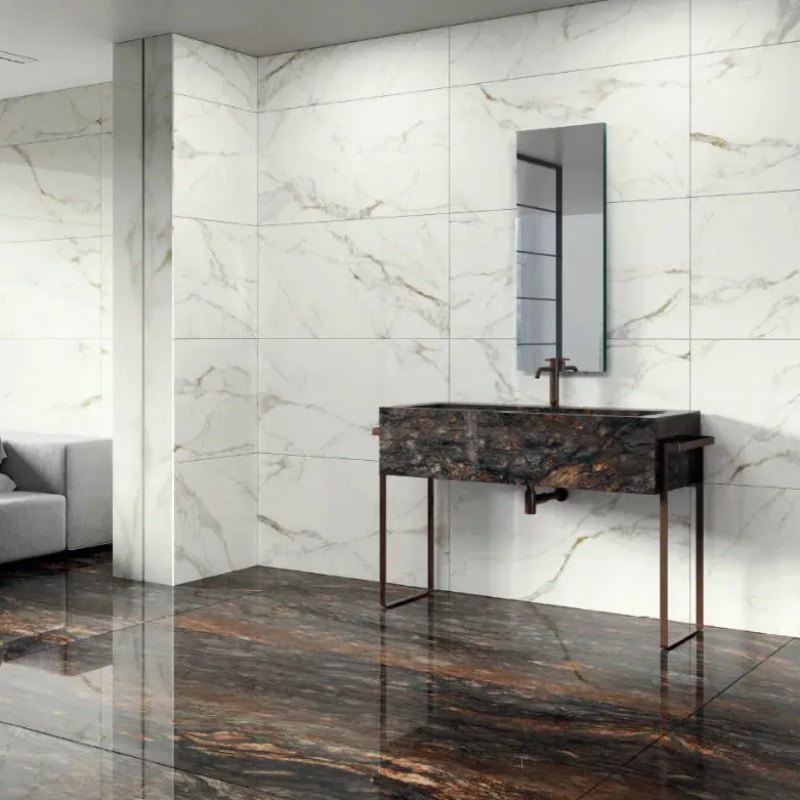 Which Is Better, 60×60 or 60×120 Tiles?
Which Is Better, 60×60 or 60×120 Tiles?
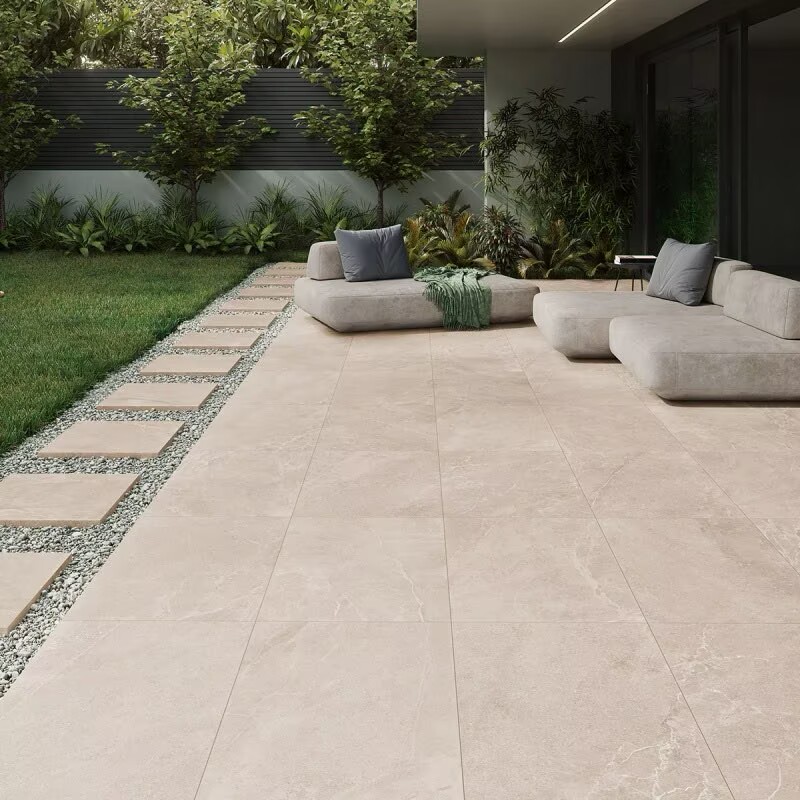 Why Choose Tiles for Outdoor Areas
Why Choose Tiles for Outdoor Areas
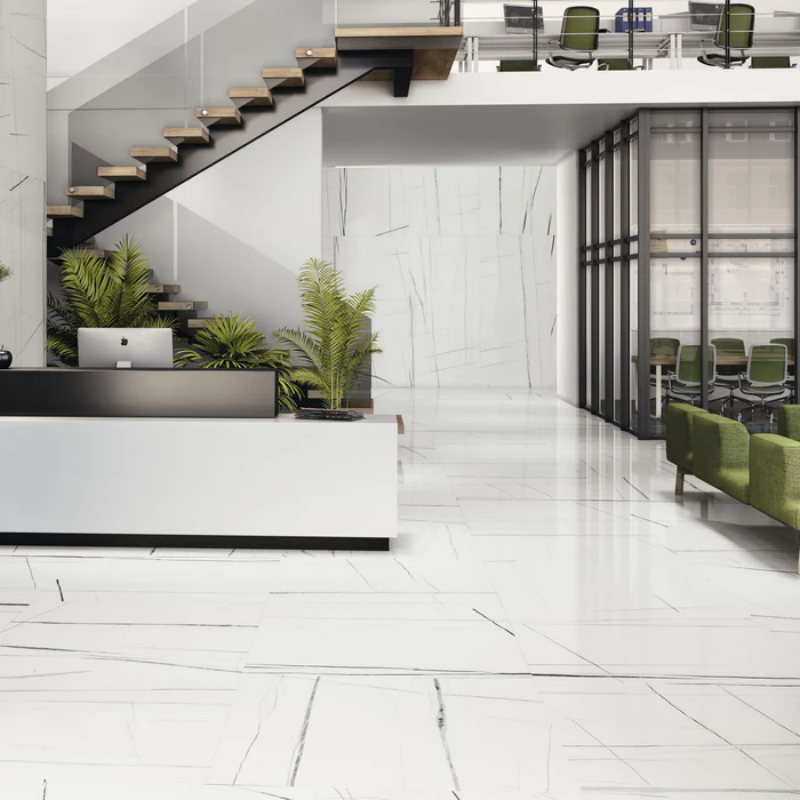 Design Applications of Large Format Tiles in Modern Interiors
Design Applications of Large Format Tiles in Modern Interiors
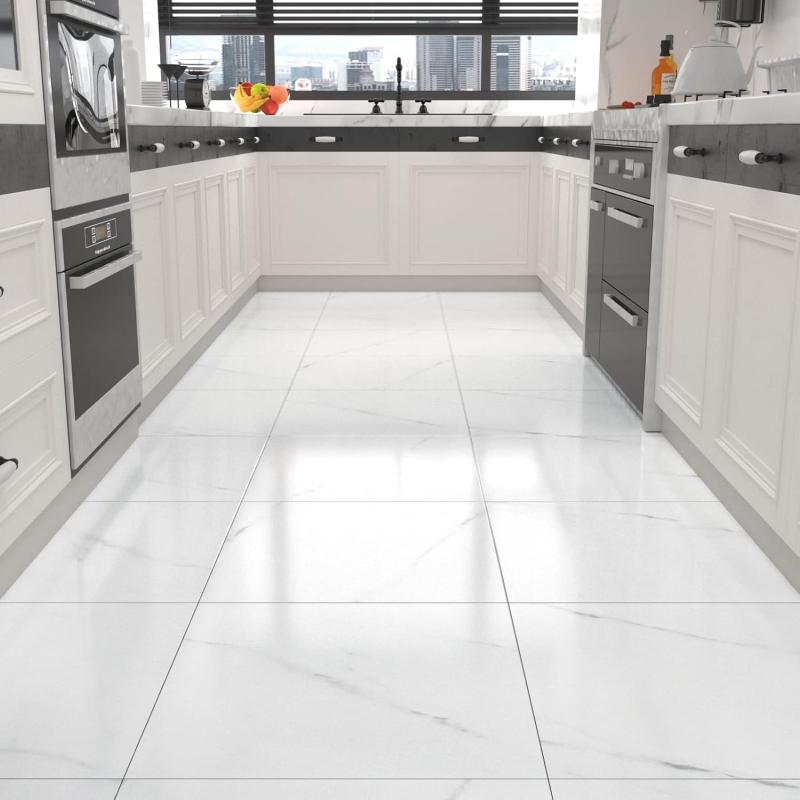 White Porcelain and Ceramic Tiles Maintenance Guide
White Porcelain and Ceramic Tiles Maintenance Guide
 Light Wall Tiles vs Dark Wall Tiles: Which Is Better for Your Space?
Light Wall Tiles vs Dark Wall Tiles: Which Is Better for Your Space?
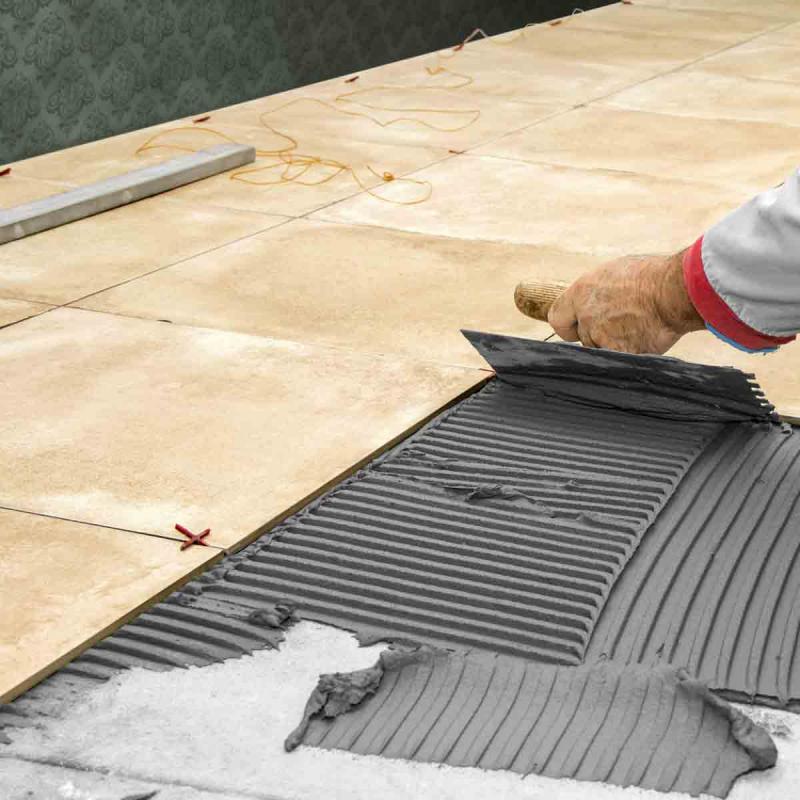 How to Install Tiles: A Comprehensive Guide
How to Install Tiles: A Comprehensive Guide
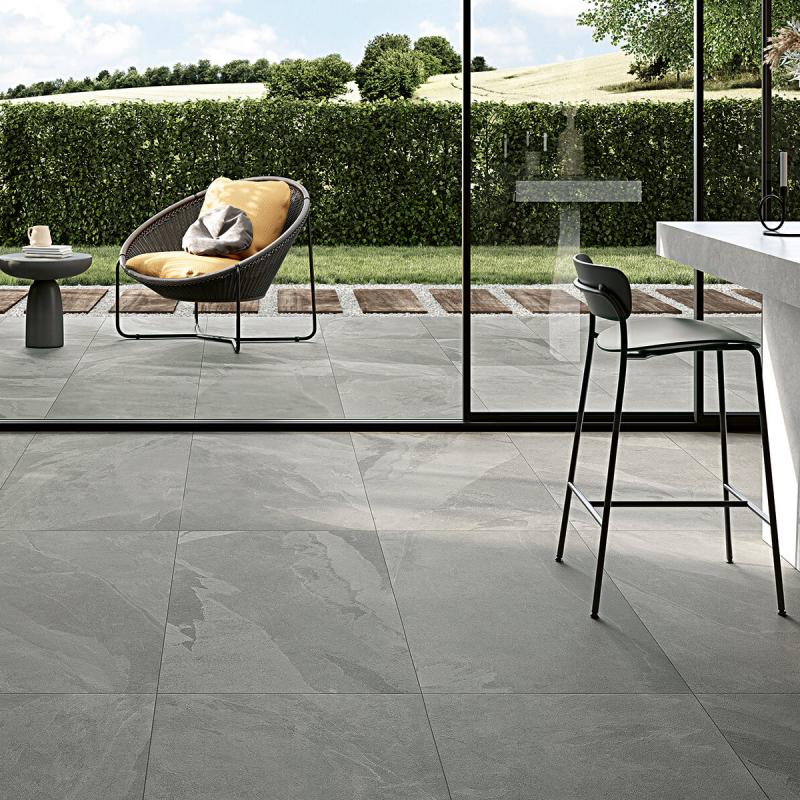 Understanding Tile Water Absorption Rate and Its Applications
Understanding Tile Water Absorption Rate and Its Applications
 The Art of Selecting Tile Patterns for Modern Interiors
The Art of Selecting Tile Patterns for Modern Interiors
 How to Choose the Indoor Tile Colors
How to Choose the Indoor Tile Colors
 Different Ways to Clean Tiles
Different Ways to Clean Tiles
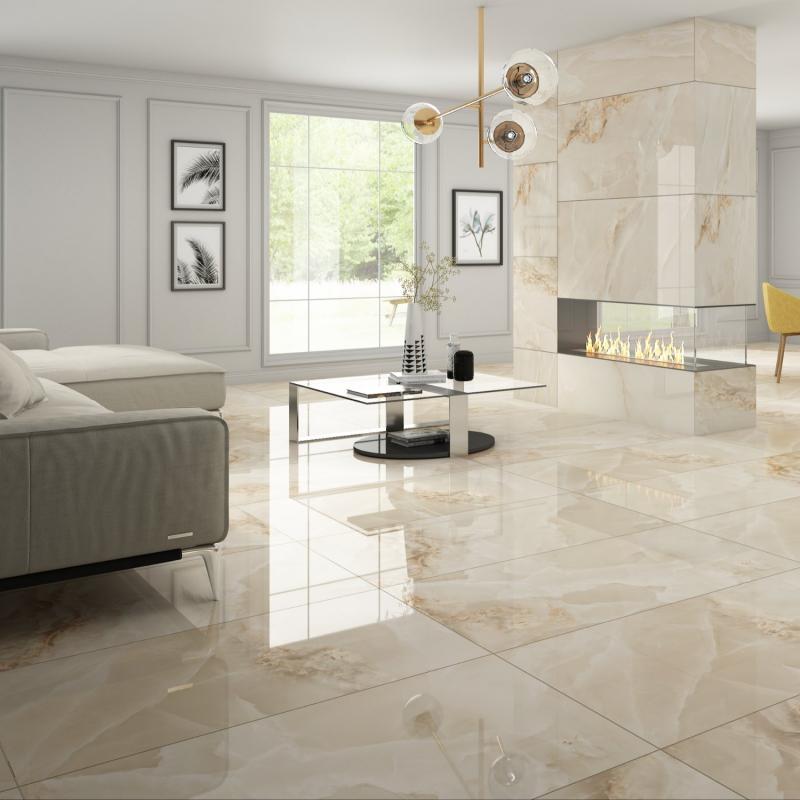 How to Choose the Right Tile Sizes for Floors and Walls
How to Choose the Right Tile Sizes for Floors and Walls





